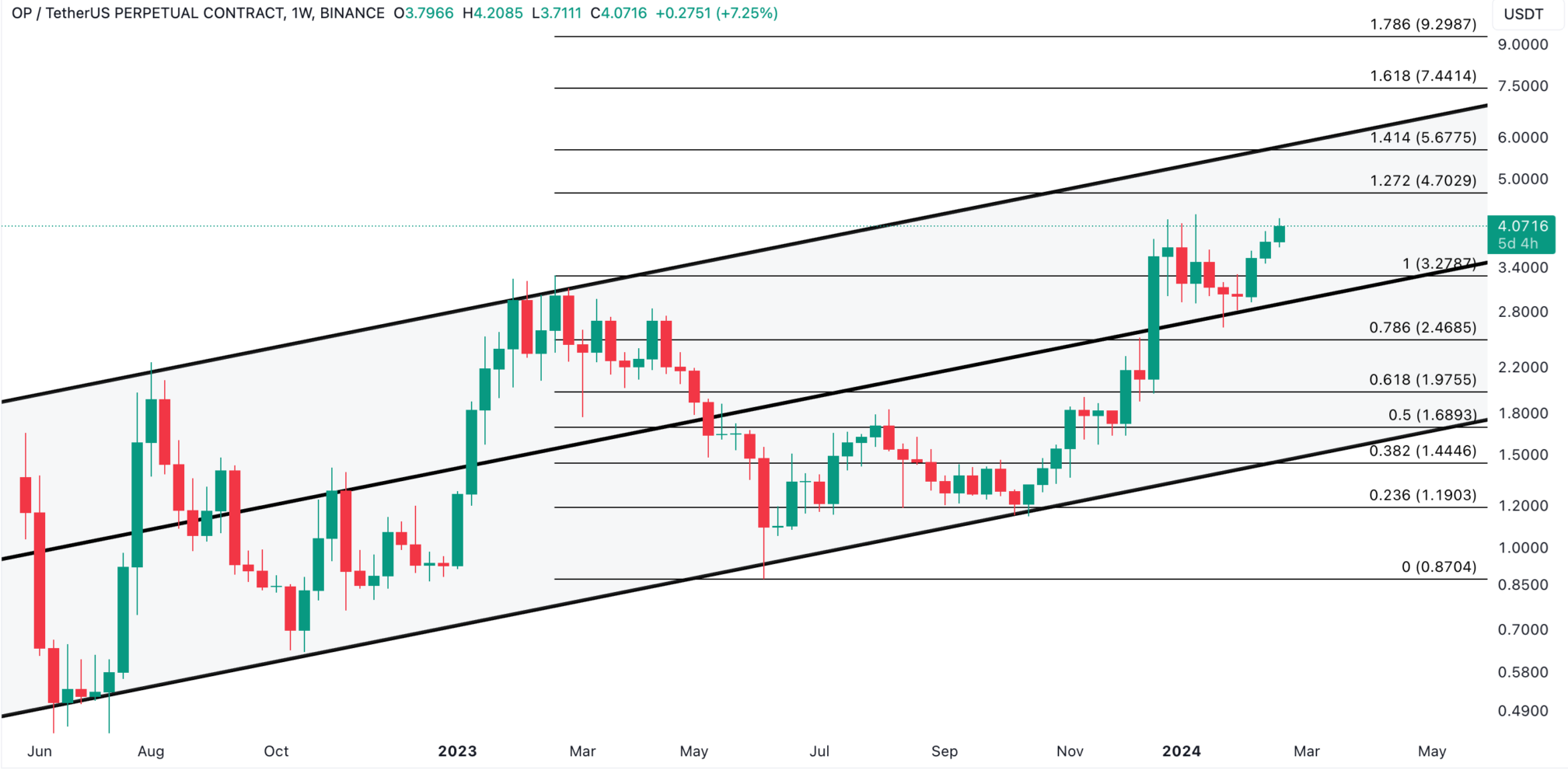Ethereum Price Drops 5% Below $2,000 What’s Behind It

The second-largest cryptocurrency by market capitalization, Ethereum (ETH), has dropped over 5% below the critical $2,000 support level. Many in the crypto world find this abrupt price decline perplexing and wonder about the underlying causes and broader market consequences. Traders, analysts, and investors have noted the quick movement and speculated whether this price drop marks a more general trend or only a brief oddity.
Ethereum’s Price Drop
Ethereum Price dropped dramatically during the past two days, surpassing the critical psychological milestone of $2,000. ETH lost around 5% of its value on the evening of the most recent trading session, shocking the bitcoin market. For some weeks, ETH had been trading comfortably above $2,000, and the decline followed a period of relative stability. Due to this unexpected decline, TH is now hovering around the $1,900 mark, leaving investors wondering whether the asset has moved into a new phase of bearishness.

There are several reasons Ethereum’s price can plummet. Market mood is essential; hence, broad selling might happen when investors feel doubtful or negative, lowering the price. Regulatory news can affect the cost, particularly in cases of more government control or legal uncertainties about cryptocurrencies. Should technological problems with Ethereum’s network or delays in significant upgrades like Ethereum 2.0 compromise investor confidence, it can lead to a price drop.
Further lowering demand for Ethereum could come from rivalry from alternative blockchain systems with superior scalability or fewer transaction fees. Cryptocurrency volatility is well-known; thus, market corrections, where values decline following times of fast expansion, are relatively frequent. The crypto market, including Ethereum, can also suffer from general economic events such as inflation, interest rates, or instability in conventional markets.
Ethereum Price Decline
Ethereum is not an exception; worldwide macroeconomic events typically affect the value of the Crypto price. Recent events in conventional financial markets, such as worries about inflation, interest rate increases, and geopolitical tensions, may have helped to explain the abrupt price decline. Digital currencies like ETH can be significantly impacted when conventional markets get erratic or investors focus on safer assets. Such elements sometimes produce a risk-off attitude that permeates the bitcoin market and causes notable price swings.
The price decline may be mainly attributed to significant Ethereum market positions selling off. Reports of notable liquidations across the crypto sector over the previous 24 hours abound; Ethereum saw hundreds of millions of holdings terminated. Liquidations—which further lower the price in a feedback loop—occur when traders must sell their positions to cover margin calls.
Ethereum Price Weakness
Ethereum’s recent price behavior has indicated technical weakness, a crucial bearish indication suggesting the start of a longer-term downturn. The ETH has dipped below its 50-day and 200-day moving averages. Traders monitor these moving averages attentively and usually find them to be support or resistance levels. As technical traders respond to the change in market conditions, breaking below these thresholds might cause more selling pressure.
The Ethereum network’s continuous expansion may be responsible for the declining pricing. Although the move to Ethereum 2.0—which seeks to change the network from proof-of-work to proof-of-stake—aims to be a beneficial long-term development, some market players could be concerned about the speed of this change. Any technical problems with the upgrade could cause uncertainty and decrease the price. Furthermore, rivalry from other innovative contract systems such as Solana, Cardano, and Avalanche could affect Ethereum’s market domination and price performance.
Broader Market Context
Although Ethereum’s price decline is remarkable, one should consider the broader market context. The high volatility of cryptocurrencies is well recognized; hence, significant price changes are not unusual. Ethereum’s price has seen similar drops in the past, only to return and create new all-time highs. Still young, the bitcoin market is vulnerable to several outside influences, including technological developments, market mood, and legislative changes.

Particularly for projects like Ethereum. With a sizable and active developer community and a strong ecosystem, robust recoveries have often followed earlier times of price correction. Despite short-term price swings, many analysts think Ethereum’s long-term future is bright. Ethereum’s essential value can rise with time as it keeps growing and changing with Ethereum 2.0.
Final thoughts
The current price decline in ETH can provide opportunities and hazards for investors. Those who believe Ethereum has a promising long-term future may view this as an investment opportunity. They especially if the price remains oversold. Still, it’s advisable to approach the market carefully since the price can show ongoing volatility soon. Investors must also diversify their holdings and control their risk exposure in these uncertain times.
Finally, Ethereum’s enigmatic 5% price decline and inability to maintain the $2,000 support level have raised several issues. The causes of the fall are several and complicated, comprising macroeconomic elements, technical signals, market liquidations, and investor mood combined. It will be interesting to see whether Ethereum can recapture momentum or whether a more general downturn is starting as the market absorbs these events. Investors and traders have to be alert now and ready for possible more market swings.




